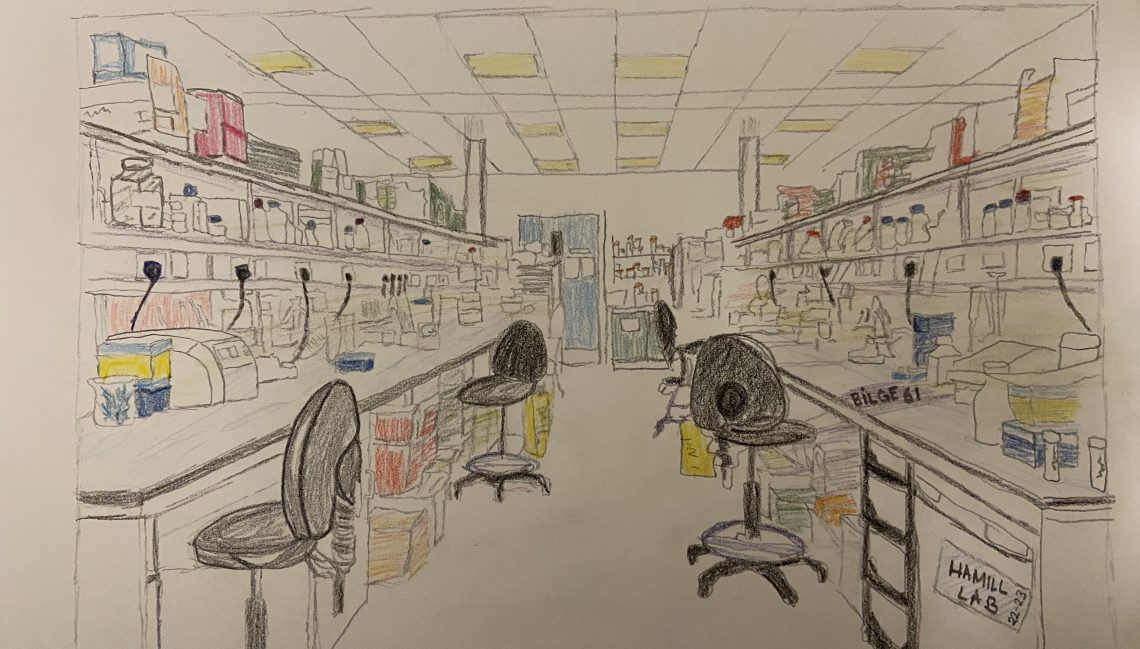Congratulations to Frank Preston for the publication of his Masters work on the perception of eyelid asymmetry in the journal “Ophthalmic Plastic and Reconstructive Surgery”. Click the image below to read the paper (open access). Or read on for a high-level overview.

This study was born out of a really simple question – “how big a difference between eyelids will people actually notice?”.

And the study was equally simple; Frank generated a series of images of different faces with varying degrees of upper or lower eyelid asymmetry then recruited a group of people to score when they did or didn’t notice those differences. Have a look at these images of Frank… when do you notice a difference?
He then also got a different group of people to look at them upside-down. Can you work out who the upside-down group were and why?
The thing I always tell my students is to also answer; “why is this question worth answering?”. Often the answer is who it matters to. Here, the relevant people are patients or healthy people with some sort of asymmetry issue and who are considering whether or not plastic surgery should be performed. The findings from this study will now allow informed counselling to help those people make their decisions.
But why upside-down? Well it turns out most oculo-plastic surgery is performed from the top of the head, and so surgeons are actually looking at their patients eyes from an inverted perspective. And, it matters. We found that oculo-plastic surgeons in general were more attuned to spotting asymmetries but not so when inverted (a 20% difference, p<0.001).
Obviously, there are simple fixes… walk around before and check your work the right way up before finishing or install an appropriately located mirror… but you need to identify that there is an issue before trying to correct it.
Shout out to the team
Regular readers of this blog will appreciate that this sort of study is a bit of a divergence from the cell and molecular biology work that goes on in the Hamill lab. However, I really like getting involved in other stuff too! Austin McCormick, an oculo-plastic surgeon. He and I have worked together quite a lot now with various MRes projects growing out of our mutual interests in skin and ocular surface epithelium. These have included work on sunscreens, SPF moisturisers, publication ethics and now asymmetry. They make for really nice MRes projects that are interesting for me and, importantly for students like Frank, help them progress their career.

